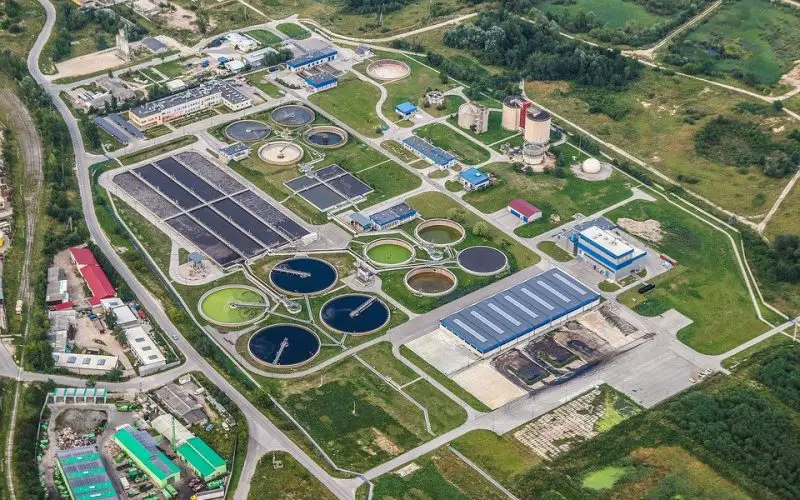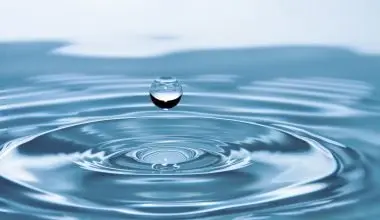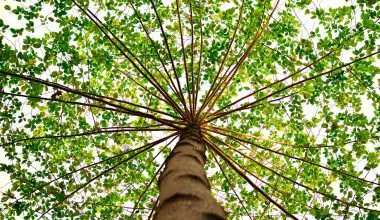Table of Contents Show
What is Wastewater?
Waste water is a common byproduct that is produced by humans through various activities involving such as bathing, showering, using the toilet, runoff of water and for cleaning purposes.
Once this water has been utilized it converts into waste water which is no longer accessible for use by us and thus is rendered useless.
This is the reason why millions of gallons are discharged into rivers and other water bodies as they are no longer useful for the mass population, this however can pollute the natural pure water bodies and making them useless and harmful if they are used in the future.
Fortunately, we now have the ability to treat wastewater and purify it such that it’s not harmful to the humans as well as other organisms.
This is done through the process of waste water treatment; which converts waste water into relatively purified water by removing the harmful chemicals and substances along with the residing microorganisms (less common).
According to Wikipedia,
“Wastewater treatment is a process to convert wastewater – which is water no longer needed or suitable for its most recent use – into an effluent that can be either returned to the water cycle with minimal environmental issues or reused. The latter is called water reclamation and implies avoidance of disposal by use of treated wastewater effluent for various purposes.”
Can the Effluent of Wastewater Treatment plants be used for agriculture?
Using wastewater for irrigation is a good way to ‘shoot both targets with a single arrow’. We get rid of the wastewater and it’s also used in a meaningful manner. However, some treatment of wastewater is still required for it to be used for irrigation purposes.
The most appropriate wastewater treatment plant should be able to treat the wastewater and make an effluent which meets the chemical and microbiological guidelines but at the same time have low costs and low maintenance.
In this case, finding a wastewater treatment method which requires the least amount of technicalities is preferred; especially in developing countries (not only due to cost) but also due to less complex systems involved (easy to operate). This is for the water that may be used for irrigation and will not require strictest of guidelines like drinking water.
While talking about this, I’d like to mention that wastewater flow to the treatment plant is diurnal. This means that it receives peak flow during the late morning hours when everybody gets ready for work and during the evenings when people come back from work.
The plant cannot treat the water and release it right then since that would cause a large amount of water to be released into the fields twice a day thereby waterlogging the soil.
This is why wastewater treatment plants which cater to fulfilling needs of agricultural lands should also have water storage tanks for a slow, extended release of water.
However, Wastewater treatment plants are usually made with goals to reduce concentration of organic waste and suspended loads to reduce the effects of wastewater when released into the environment.
Here we will describe the step by step process of wastewater treatment along with the various methods employed in waste water treatment.
Types of Effective processes to treat Wastewater:
There are namely 3 major types of processes to treat waste water.
1. Biological water treatment:
This method breaks down organic matter in the waste water by using decomposed biological methods carried out; microorganisms are also involved in metabolizing organic matter. This treatment method involved aerobic and anaerobic treatment processes.
Anaerobic treatment (digestion) is mostly done to treat the leftover sludge in the tanks from primary wastewater treatment. The organic matter in the sludge is digested by anaerobic and facultative bacteria.
Digestion is carried out in 7-14m deep containers in a time span of 10-60 days. Methane is formed during this digestion and can be collected and used for generating energy.
Aerobic treatment is usually done after anaerobic treatment of wastewater and involves the removal of colloidal and dissolved biodegradable organic matter.
These are also known as high-rate biological processes because of high concentrations of microorganisms and relatively small reactor volumes. These high-rate processes have a few types;
- Activated Sludge Processes,
- Bio-filters
- Rotating Biological Contractors.
Aerobic treatment processes are mainly part of secondary wastewater treatment.
There are also Natural biological treatments which are low-cost and less sophisticated. These are Wastewater Stabilization Ponds, Overland treatment of Wastewater, Macrophyte treatment and Nutrient Film Techniques.
You might think we’ve favored biological treatment significantly over other forms of treatment but these are straight hard facts!
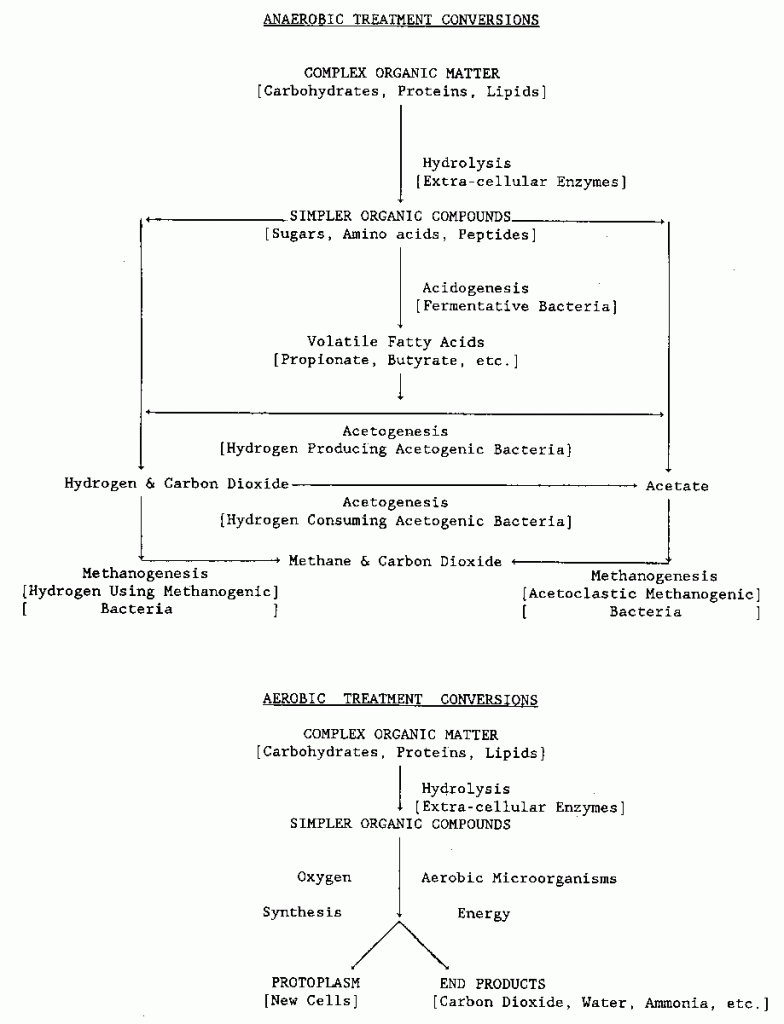
2. Chemical Water Treatment:
In this process chemicals are used to purify the water. The objective is to neutralize the water by creating a neutral environment reaching a pH of 7 and to prevent the colonization of bacteria in water.
Chemical treatment is also done to remove excess nitrates and phosphorous in the water.
Chlorine is the most commonly used agent in disinfecting water by acting as an oxidizing agent. The disinfection process using chlorine is usually done at the end. Chlorine dosage of 5 to 15 mg/l is commonly used to disinfect water.
Usually the contact time of chlorine and water is 30 minutes but it can go as long as 120 minutes for obtaining a specific quality of reclaimed water.
The effect of chlorine on microorganisms in wastewater is dependent on a few things which include;
- pH of Wastewater
- Temperature of the Effluent
- Contact time between chlorine and wastewater
- Organic content to tackle in the wastewater
The chemical treatment can also be done to remove bad odor from the treatment plant environment.
3. Physical Water Treatment:
Physical water treatment requires the use of physical methods. The most commonly used physical method for waste water treatment is sedimentation.
Sedimentation involves suspending of the heaver contaminates and particles to the bottom of the water and then extracting the pure water from the layers above, thereby reproducing fresh water in the process.
The sediment which is in the form of sludge is taken out from the bottom of the reactors and treated with biological treatment processes.
Step by step process of Wastewater Treatment
1. Collection of Wastewater from the Community
The first step in the process of waste water treatment is collection.
Local government, housing societies and privately owned business companies actively collect the waste water and then send them to a central point where the water can be stored for a brief period of time (storage is sometimes handled by the plant only).
The water is then transported to a designated treatment plant build for the purpose of wastewater treatment. The transportation is by trucks or by an underground pipeline system, specifically designed to transport waste water.
It is very important that the waste water does not leak or run off into different water systems thereby contaminating the normal water supply.
Personnel tasked with transportation should be well protected while handling the contaminated water to prevent the chances of cross-infection.
2. Odor control of Wastewater
The first task of the treatment plant is to remove as much as foul smelling substances from the waste water and to control the spread of odor in the treatment facility and the corresponding region surrounding the plant.
This is so that the area around the treatment facility along with the treatment facility and the personnel working in the facility can be free of the bad odor. The control of odor is done by using various chemicals which are added to the water to neutralize the smell.
3. Screening of Wastewater
Large solid materials which are usually disposed by the masses into the waste water can block equipment and machines which are to treat the water. Hence, they are removed by machines and sorted out separately (A large sieve could be an alternative to this). These solid waste materials are then sent to be stored in landfills.
However, if they are made of recycled products, only then are they sent to special recycling facilities.
Plastic products are the ones most commonly sent to recycling facilities as they are found in numerous amounts in waste water. Screening is usually a part of Preliminary treatment before the actual treatment of the wastewater starts.
4. Treatment Processes of Wastewater
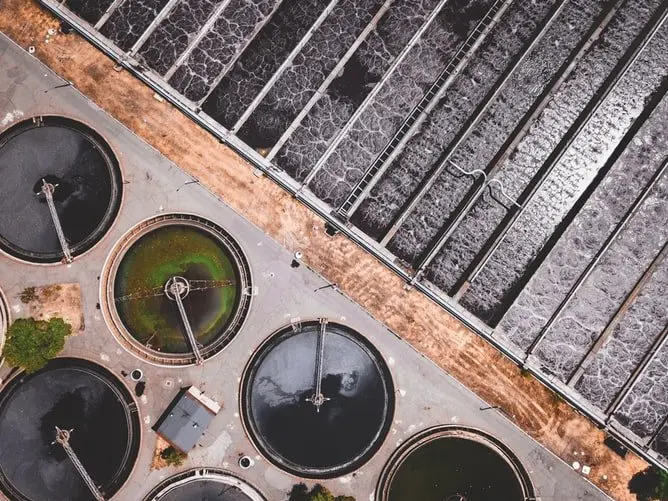
The water is now ready for treatment. Treatment is usually carried out in multiple stages like Primary, Secondary and Tertiary stages of wastewater treatment.
Primary Treatment of Wastewater
Primary treatment of wastewater is quite effective as it filters out almost 25-50% of biochemical oxygen demand (BOD5), more than 50% of Suspended Solids (SS) and, 65% of the oil and grease. This is why sometimes primary treatment water is enough if the water is to be used for irrigating non-food crops.
The goal primary wastewater treatment is to extract organic and inorganic solids through sedimentation and the floating materials (scum) through skimming.
The first thing which is done is that the water is poured into large tanks; this allows the deposition of macro-biotic solids deep into the tanks separating them from the water.
The solid waste is then extracted after sedimentation or moved to the center of the tank and pumped out. As I said, other materials that float will be removed through skimming.
This process removes organic nitrogen and phosphorus along with heavy metals associated with solids; but the dissolved and colloidal constituents of the water are not filtered in primary treatment.
The water is then removed from the tank ready to undergo secondary wastewater treatment and the sludge at the bottom is removed for treatment through the biological treatment processes (Aerobic and Anaerobic) as we discussed above.
Secondary Wastewater Treatment
The next treatment involves the addition of ‘seed sludge’. This ensures that the waste-water is broken down further. This is carried out by pumping air that contains seed sludge. Pumping allows the seed sludge to spread around the tank.
Seed Sludge provides a nutritional environment for aerobic microorganisms to grow and utilize the remainder of the dissolved and colloidal organic component in the waste water. This usually takes about 5-6 hours during which constant aeration of wastewater is done in large tanks.
As the particles are being consumed and broken down, the last of the remaining large particles settle down at the bottom of the tank and are extracted from the tanks in a similar fashion to the particles which were initially extracted (Sludge). T
he process I just described is the biological treatment of wastewater and involves multiple processes including Activated Sludge, Trickling bio-filters and Rotating Biological Contractors (RBCs).
Tertiary/ Advanced Treatment of Wastewater
Then there is the Tertiary or Advanced treatment which is done only after both primary and secondary wastewater treatments have failed to meet the water quality requirements. However, at times these processes may be combined.
5. Treatment of solids
The solids which were extracted during the treatment of the water are then directed to digesters. The purpose of the digesters is to heat the solids in an anaerobic environment, this leads to the production of methane gas.
Other important nutrient rich bio-solids are also produced which can be recycled and used.
Methane gas produce can be used to run the digesters or it can be used for other purposes like generation of electricity to power the wastewater treatment plant.
6. Final treatment
The final treatment requires the use of highly skilled labor which can run and handle equipment and chemicals necessary for this step.
The final wastewater treatment removes more than 99 percent impurities making the water as close as possible to regular drinking water.
However, this process is highly expensive and not all treatment facilities are able to carry out this process. This is also because most of the wastewater treatment facilities do not aim to make clean drinking water but to make the water safe enough to be discharged into the environment without any harm to humans, plants or animals.
7. Disinfection
After treatment is concluded, there might still be some disease causing microorganism present in the water thus making it necessary to remove them by disinfecting the water. The process of disinfection requires the use of chemicals such as chlorine, sodium hypochlorite, and other disinfectants.
The most common agent used in disinfection is chlorine which has been explained properly above under ‘Chemical Treatment of wastewater’. Other than Chlorine; Ozone and UV light treatment can also be done but are less common. After the water has been disinfected, it can then be released into the environment.
